Digital AI: Why Google’s March Update Filters Out AI Content
Google’s March update 2024
In March 2024, Google announced its new core update that included new spam policies with the aim of showing users less content that feels as though it was generated solely to attract clicks.
It aims to filter out the following bad practices within SEO:
- Expired domain abuse: The practice of purchasing an expired domain name with the intent to manipulate search rankings, without the aim of providing value to users
- Scaled content abuse: Generating large amounts of unoriginal content that provides little value to users
- Site reputation abuse: When third party websites are created in order to take advantage of the original site’s existing ranking signals.
But what does this mean for businesses?
Infoserve has unpacked AI generated content and its impact on SEO.
Does this update impact AI generated content?
Google itself has stated that:
‘Our long-standing spam policy has been that use of automation, including generative AI, is spam if the primary purpose is manipulating ranking in Search results.’ -
Google
In the same text, it also says:
‘Our new policy is meant to help people focus more clearly on the idea that producing content at scale is abusive if done for the purpose of manipulating search rankings and that this applies whether automation or humans are involved.’ -
Google
Whilst Google is quite firm in its belief that content can be considered spam whether it was created by a human or AI tools, many SEO marketers believe that the purpose of ‘scaled content abuse’ is to reduce the spread of AI content across search engines.
This is for a number of reasons.
The clues are in the wording.
Google says:
‘this abusive practice is typically focused on creating large amounts of unoriginal content’.
The intent behind so many people using AI content generators is to do just that. Create large amounts of content, without the cost or labour of a human employee. Whilst this can be a benefit to smaller businesses who require a more affordable method of creating content, it can unfortunately saturate the internet with ‘unoriginal content.’
Secondly, it is widely known that AI content generators can only create content that is ‘unoriginal.’ This is because they are essentially just a large database of existing website content. When a user places a request, the generator will trawl this database and extract information from it.
Therefore, the content it gives its users is pulled from the same articles in its database every time.
Whilst it can be a helpful tool, it is only that: a tool. It lacks the originality, emotional intelligence and nuance that a human mind possesses. All of these qualities are the pinnacle of what Google’s algorithms consider valuable and useful.

The benefits of AI in content generation
Of course, there are benefits to adopting AI in an SEO strategy, and this is why many businesses use generative AI in their content strategy:
It is an affordable tool:
For small businesses who cannot afford the luxury of an in-house content writer, AI can provide a solution. However, all AI content requires a human touch before it is published.
It can help unstick writers' block: If you have a blog idea in your mind and you don’t know where to start, AI can help with heading ideas, structure and key research points to help you get started. It generates content quickly so it can give writers a good starting point which improves workflow.
It can be used for brainstorming: Content ideation is famously time consuming and AI can help remove this hurdle. Be wary of taking ideas at face value because nothing quite beats the ideas that come from a team meeting where human minds are bouncing off each other.
Creates effective skeleton content: When you have come up with a blog idea, AI tools can create a basic skeleton blog for you to expand, improve and work from.
The downfalls of AI content
AI content is neither smart nor stupid. It is a tool that can be used to assist human minds in the generation of content. On its own, it has many pitfalls that Google’s quality guidelines penalise:
Inability to recognise the nuance of language
The ability to understand and apply nuance in language is an inherently human trait. One that AI simply cannot replicate. Human communication is colourful and creative, and the beauty really is in the details.
Likewise, AI has no ability to recognise offensive turns of phrase. It might have the ability to filter out offensive language, but it might include a sentence that is phrased inappropriately, but wouldn’t be able to pick up on this.
For example, when asked the question, ‘what is a woman?’, a popular AI tool gave me this answer:
‘A woman is an adult human female. In terms of biology, women typically have two X chromosomes, but there can be variations due to genetic conditions. Beyond biology, being a woman can also involve aspects of gender identity, societal roles, cultural expectations, and personal expression. Gender identity refers to a person's internal sense of their own gender, which may or may not align with the sex they were assigned at birth. Women, like men, can be found in diverse roles and professions, and they contribute to society in various ways, ranging from leadership and innovation to caregiving and community building.’
The final sentence, although factually accurate, lacks nuance and could easily be taken to offence.
Content is unoriginal
As discussed previously in this blog, AI content is unoriginal.
AI content generators were created by putting a wide range of content into a large database that the tool can pull information from on request. This means that any information it gives its users comes from this same content.
It will rephrase rather than reframe this information, and give it back to you in the format you have asked for. It is effectively just regurgitating the same information over and over again, creating unoriginal writing and ideas.
This is why it is not the best place to go for content ideation, because the ideas it generates will be taken from other company’s previous ideas. It won’t be able to find an interesting or original angle.
Lacks knowledge of your brand
AI tools lack internal knowledge of your brand. They won’t be able to adapt to your tone of voice, or recognise the unique audience you have built.
Whilst they might have external, or surface information that can be found on your website, they cannot understand who you are as a whole, or the image you are trying to create through your content.
It lacks the emotional intelligence of human content
Google loves content that is valuable to its users, and let’s be honest, the best content online possesses a skill that AI sorely lacks: storytelling.
AI cannot connect with your audience in the way you can. It cannot reason, it lacks real human insight and emotional wisdom, and it can’t connect with the day to day problems your customers face. It can’t look into the minds of your customers and tug on their heartstrings.
It still requires a human touch
Although AI content can generate content quickly, it still requires human time to make sure it is publishable.
It can create a plagiarism risk
Because AI content is generated off the back of existing content, there is a risk of duplicate content and copyright. Although the content isn’t plagiarised, it is always worth double checking sources.
How to spot AI content
Once you have used AI content a few times, it can become fairly easy to spot the language and sentence patterns it uses. In fact, AI content is so detectable that there are now tools online that can scan a piece of text and tell you to 90% accuracy whether it was written by AI.
If you have used AI as a tool, and transformed it into content that suits your brand and is useful to your audience then you shouldn’t be concerned. However, this does mean that Google will be able to recognise and filter it out, if it deems it to be spam-like.
AI content has a few common signs including:
- Repetitive phrasing and language
- Incorrect or outdated information
- Lack of individuality or personality
- Specific/repetitive sentence structure
If you’re an avid LinkedIn user, then you may have noticed that particular phrases have become a common joke amongst marketers. If content starts with phrases like ‘in the digital realm,’ ‘in the vast online landscape,’ or ‘in the ever-evolving metropolis of…’ then there is a high likelihood AI was used to generate it.
There is nothing wrong with utilising AI. It exists for a reason. It makes a complex and difficult skill easier. In fact, 65% of businesses But, it should always be taken with a pinch of salt, and edited to make it more personable, unique and ultimately human, before it goes on your website.
Not sure where to start?
At
Infoserve, our
SEO team and content writers are experienced in creating human-led, personalised content that helps your website get found online. We take SEO seriously, which is why we ensure that all of our content is hand-written by professional Content Writers so that it works for both your users and Google’s quality guidelines.













